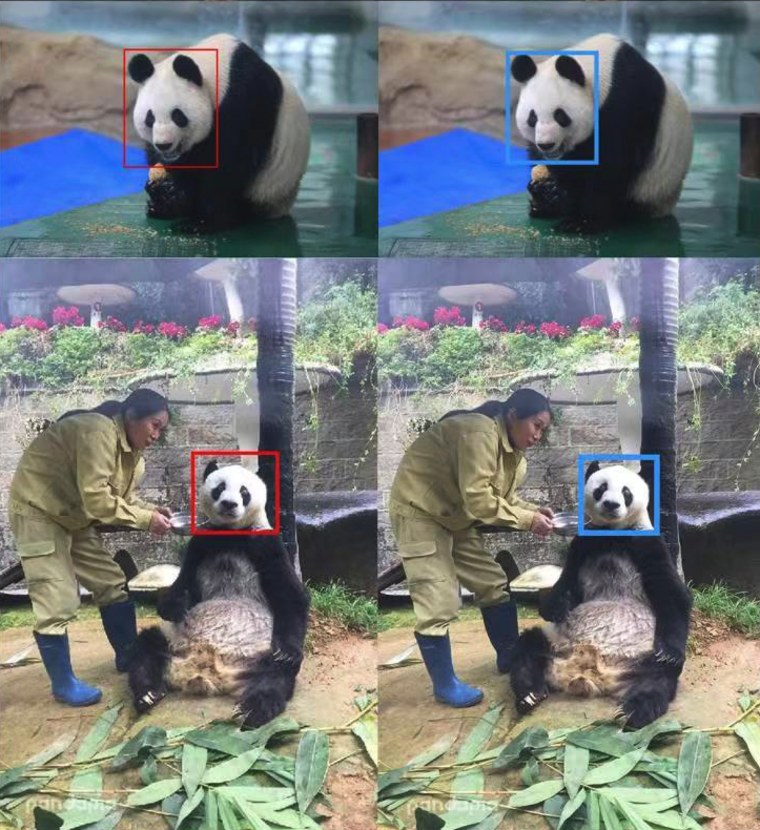Pandas’ furry faces make it hard for scientists to tell them apart. AI facial recognition might help change that.
They’re commonly cherished for their plumpness and clumsy antics, but giant pandas deficiency distinguishable facial options, making it difficult for experts and keepers to tell them apart and as a result keep observe of them.
Now scientists at the Chengdu Investigation Base of Giant Panda Breeding in China have pioneered new engineering that works by using artificial intelligence to identify the creatures, making it possible for them to observe the animals each inside of the sanctuary and in the wild.
Facial recognition engineering used on individuals and other animals this sort of as chimpanzees is not nuanced plenty of to recognize the large pandas, which are regarded a national image of China.
“They absence a distinguishable biological attribute,” Chen Peng, a researcher at the Chengdu base, informed NBC Information in early July. This is thanks in section mainly because of their furry faces and deficiency of facial expressions.
Panda identification is getting to be less difficult many thanks to a expanding database of images and movies that have been analyzed in latest many years to detect slight distinctions between the animals. Much better recognizing particular person pandas — and consequently much better understanding panda populations — can aid with conservation, researchers say.
The use of AI technological know-how can also lower the human time and labor necessary to analyze the pandas, who mainly are living by itself and are scattered throughout extensive bamboo forests.

Around 200,000 photographs and 10 terabytes of video clip details have been gathered from above 600 pandas, each living and deceased, at the Chengdu study foundation so significantly.
Supplied that huge pandas primarily take in and slumber, keeping tabs on them is considerably from thrilling.
Even so, that could nicely be the attraction for the tens of millions of men and women throughout the entire world who tune into the investigate base’s on the web platform to notice the animals.
The livestream experienced a lot more than 68.5 million followers as of early July, with the large the vast majority looking at from the U.S., followed by Japan and Britain.
Lots of pandas have their very own devoted lover groups, built less difficult with a facial recognition app for pandas designed with details from the AI databases.
Zhan Zilin, 5, visited the Chengdu enclosure in early July to see her beloved panda, Dudu. “I adore pandas since they are so lovable,” she explained.
Chen claimed his team was working to extend the tracking technologies to keep an eye on other endangered species in the wild.
“We would like to implement related AI technological know-how to the intelligent monitoring of animals,” he explained.
China has produced substantial progress in large panda conservation, with officials reclassifying the formerly endangered species as “vulnerable” past calendar year.
Far more than 600 stay in captivity all around the world, although around 1,800 are living in the wild.
“We are all silently defending them,” Chen said.

